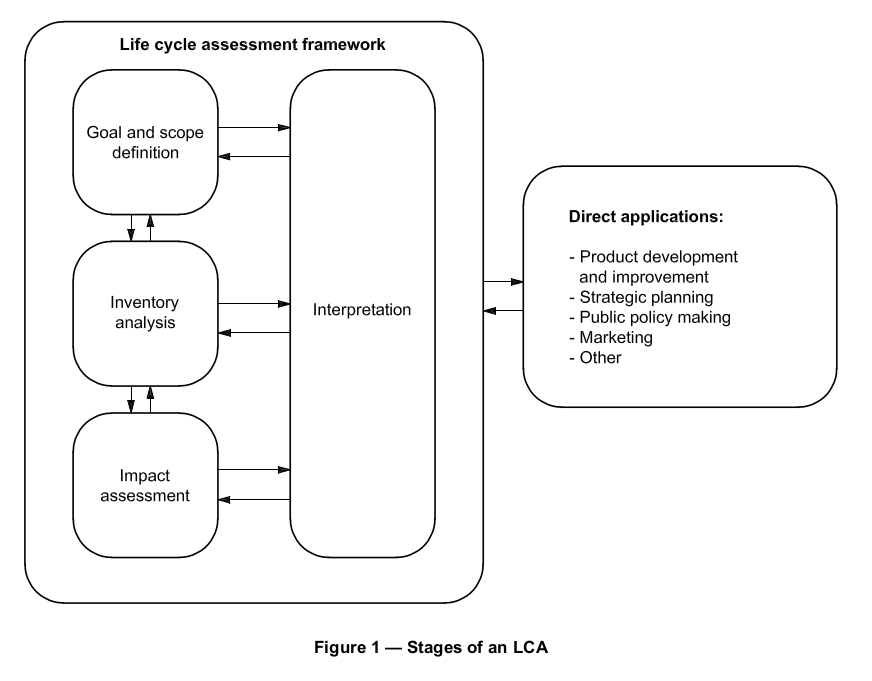Measuring sustainability claims (notes for the Decora Edit Podcast)
It's not straightforward to measure how the products and services we consume impact the environment. We know that wind and solar energy for instance aren't 100% clean. The question is exactly how much CO2 per kWh is emitted and how does that compare to fossil fuels. A brand of shirts made out of recycled bottles claims to be sustainable, but how does turning the bottles into fabric compare with other man-made materials? And exactly how does it compare to organic cotton or linen?
Life cycle assessments (LCA) cut through marketing claims and churn complex manufacturing processes into a number you can use to compare across different products and services.
A university course on LCA implanted the tiniest alarm bell in my ear that goes off every time I hear an unsubstantiated sustainability claim. These claims come from a place of good intentions, but unless they're quantified it's hard to make informed consumer decisions.
The same way consumers learned to read nutritional labels, I don't think adding a label with CO2 emissions and water use is that much of a stretch. Once it becomes common practice, this type of information can actually become a differentiating factor for brands given how consumer awareness regarding environmental issues has increased dramatically in the past few years.
In practical terms perhaps, having small brands doing LCA for each product might not be realistic, but I see no other way of making quick progress as consumers get trapped in greenwashing and marketing noise.
So what exactly is an LCA? From the ISO 14040, an LCA is an ISO framework to measure the environmental impact of products and services. It considers the entire life cycle of a product, from raw material extraction and acquisition, through energy and material production and manufacturing, to use and end of life treatment and final disposal.
One of the intended uses and perhaps the more relevant for what we discussed in the Decora podcast is "(...)marketing (e.g. implementing an ecolabelling scheme, making an environmental claim, or producing an environmental product declaration)." Also, the framework has the notion of comparative assertion: an "environmental claim regarding the superiority or equivalence of one product versus a competing product that performs the same function"
The LCA has four stages:
- the goal and scope definition phase,
- the inventory analysis phase,
- the impact assessment phase, and
- the interpretation phase.

A key aspect of the LCA is the functional unit: "functional unit quantifies performance of a product system for use as a reference unit". In the example above is kWh - energy produced, but it can be a shirt or square meter of fabric, if we're talking about the fashion industry. "All subsequent analyses are then relative to that functional unit, as all inputs and outputs in the LCA (...) are related to the functional unit."
I went on the Decora Edit Podcast to speak with Giulia about this topic. You can check the video on youtube:
Resources:
